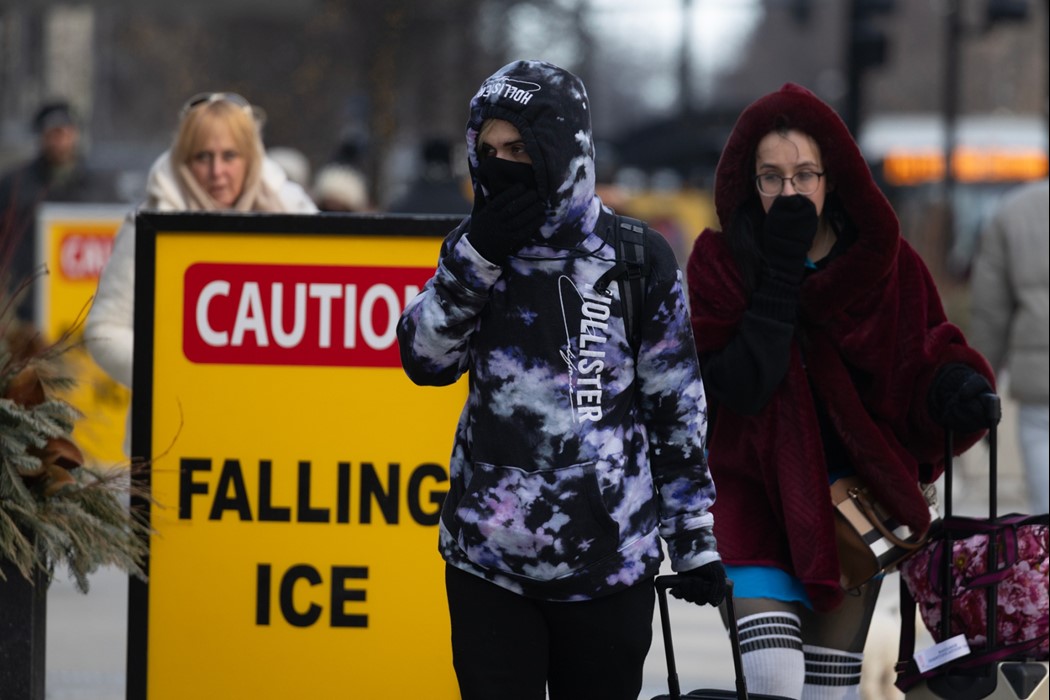Frigid Blast Bears Down on 100 Million People Across the US
Feb 19, 2025 by Bloomberg(Bloomberg) -- More than 100 million people are facing frigid conditions across the eastern and central US, including the entire state of Texas, as an arctic blast threatens to break low-temperature records.
Extreme cold has pushed deep into the central US all the way to the Gulf Coast and is spreading to the East Coast and Mid-Atlantic, the National Weather Service said. St. Louis will drop to 3F (minus 16C) overnight, while Dallas is poised to fall to 14F as the chill reaches its zenith before slowly moderating through the rest of the week.
Across the US, more than 200 daily records for cold temperatures may be tied or broken through Friday, the US Weather Prediction Center said. Meanwhile, extreme cold warnings are also in place across central Canada, according to Environment and Climate Change Canada.

“It’s pretty much near the peak of this arctic blast across the central US if you look at the magnitude and the expanse,” said Andrew Orrison, a forecaster with the Weather Prediction Center. “We have 100 million people under an extreme cold warning or cold weather advisory.”
The Electric Reliability Council of Texas, the state’s grid operator, said electricity demand will jump in the coming days but it expects to be able to meet the spike in consumption. Regulators and lawmakers have moved to bolster the state’s power system after the grid collapsed during a series of winter storms in 2021, killing hundreds of people as homes and businesses were left in the dark.
PJM Interconnection LLC, which oversees the grid from Chicago to the East Coast, issued a cold weather alert, asking power-plant operators to defer maintenance and testing if possible.
While the deep freeze grips the central US, snow is expected to fall from southeastern Missouri to Virginia and North Carolina. As much as 6 inches (15 centimeters) to 10 inches may drop across parts of the region before the storm pulls into the Atlantic.
By the end of the week, milder air will sweep in off the Pacific and spread east across the US, Orrison said. By the beginning of next week, temperatures will be above normal in many places and considerably drier, which will help recovery efforts in flood-stricken Kentucky.
©2025 Bloomberg L.P.
By
















